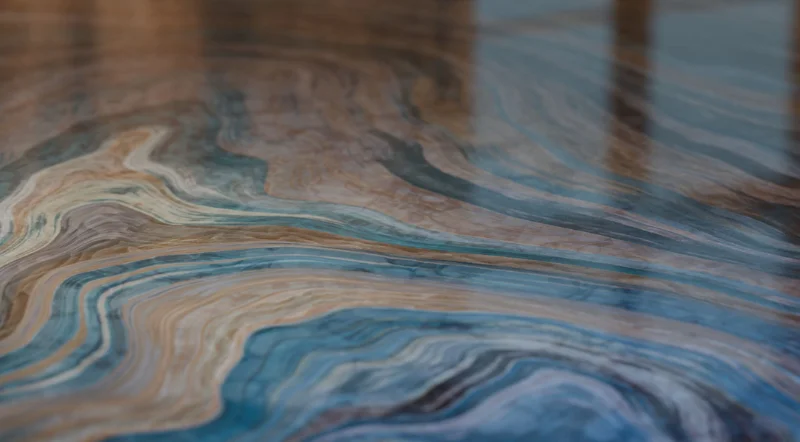If you’ve ever looked at your game and thought “Why doesn’t this look like the games I love to play?” — there’s a good chance the answer is textures.
Game textures are one of the most important elements in making a game look polished, detailed, and immersive.
But what exactly is a texture, and how can you use them to level up your own game?
Let’s break it down — and show you how easy it is to use textures in the Rosebud AI Game Creator, even if you’re just getting started.
So, What is a Game Texture?
A game texture is a 2D image file (usually a .png) that’s applied to a 3D model or a surface in your game. Think of it as the skin of an object.
A wooden crate? That wood grain is a texture. A shiny spaceship? Those metallic panels? Texture. Even the sand on the ground or the moss on a rock — all texture.
But it goes deeper than that. Modern textures aren’t just “pictures slapped on things.” They’re part of something called a material, which combines multiple textures to create more advanced visual effects.
Textures vs. Materials: What’s the Difference?
A texture is a single image that defines a visual trait — like color or roughness.
A material is a combo of multiple textures working together to give an object a more realistic appearance.
Here’s what might be included in a material:
- Color (Albedo) Map – the base color image of your texture
- Normal Map – creates the illusion of depth by simulating bumps and grooves
- Roughness Map – controls how shiny or matte the surface looks
- Ambient Occlusion Map – adds soft shadows to crevices
- Height Map – gives a sense of physical depth on flat surfaces
When these are combined, a flat surface can suddenly look 3D — with shadows, light reflections, and detail that tricks the eye into seeing more than what’s actually there.
How Textures Work in Rosebud AI Game Creator
If you’re using Rosebud AI, applying textures is super straightforward.
Whether you’re importing models with pre-baked materials (like in .glb or .glTF formats) or uploading texture files manually, Rosebud helps handle the complexity for you.
All you need to do is:
- Upload your textures to your Rosebud project
- Make sure each one has a unique and clear name (e.g., grass-color, grass-normal, etc.)
- Rosie, your AI assistant in Rosebud, will match and apply them to the right objects if you ask for it.
You don’t need to be a tech wizard. If your files are clean and well-named, Rosebud takes care of the rest.
Where to Find Free Game Textures
Okay, so you’re ready to add textures to your game — where do you find them?
One of the best free resources we recommend is AmbientCG. It has:
- High-resolution texture sets
- Organized by material type (wood, concrete, metal, etc.)
- Pre-packaged with all the maps you need (albedo, roughness, normal, etc.)
- And best of all — free for commercial use (CC0 license)
Another great option? PolyHaven, which also offers textures, HDRIs, and even 3D models — all free, no strings attached.
Just download the zip file, extract it, and upload the textures into your Rosebud project.
Bonus: Want Your Game to Look AAA?
Want your ground to feel like sand you could sink into? Want your spaceship to shine like it’s fresh out of a hangar? Textures and materials are your secret weapon.
In fact, in our recent Rosebud AI tutorial, we highlighted games like Desert Dune Explorers, which used realistic sand textures to give the desert setting a true sense of depth.
Another game, Abandoned Outpost, used multiple high-quality assets with carefully applied textures to create a rich, eerie atmosphere perfect for horror.
The takeaway? A little texture can go a long way.
Watch the video here:
Final Tips
- Use .glTF or .glb files when possible — they often come with materials already included.
- Don’t stress about understanding every map — just upload all the files and let Rosebud explain it to you.
- Mix and match textures to create more dynamic environments.
- Experiment! Game design is all about trial and error.
Start Texturing Your Game Today
Textures are more than decoration — they’re how your game tells a visual story.
And with tools like Rosebud AI Game Creator, it’s easier than ever to add high-quality materials, experiment with shaders, and build worlds that look as good as they play.
Ready to give it a shot?
Jump into Rosebud AI and try it out — it’s free to start. And if you ever get stuck, our community on Discord is full of friendly devs and asset nerds happy to help you out.









